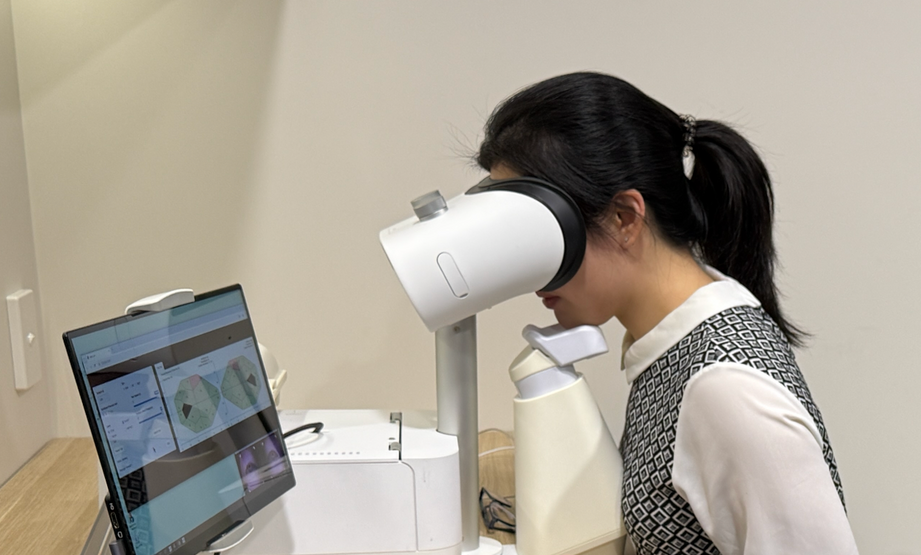Transforming the way we detect peripheral vision loss in children
Peripheral vision deficits are a key indicator of serious visual pathway disorders, including childhood glaucoma, brain injuries, and brain tumours. Although individually rare, these conditions collectively impact an estimated 800 children across Western Australia. Despite their significance, measuring peripheral vision in young children remains a major clinical challenge.
Current assessment tools are designed for adults and often fail to engage children, resulting in unreliable or incomplete results. In the absence of age-appropriate clinical tools, peripheral vision in children under nine is typically assessed through qualitative methods – such as observing whether a child notices objects in their peripheral field – only detecting the most severe impairments.
This innovative project, led by Professor Allison McKendrick, is pioneering new approaches to visual field testing tailored specifically for children. By combining clinical accuracy with child-friendly engagement strategies, this research is poised to transform the early detection and monitoring of vision loss.
These advances are vital – not only for accurate diagnosis but also for guiding critical treatment and rehabilitation decisions in optometry, ophthalmology, and neurology.

Postdoctoral researcher, Dr Vanessa Tang, testing the child-friendly vision testing software and hardware



